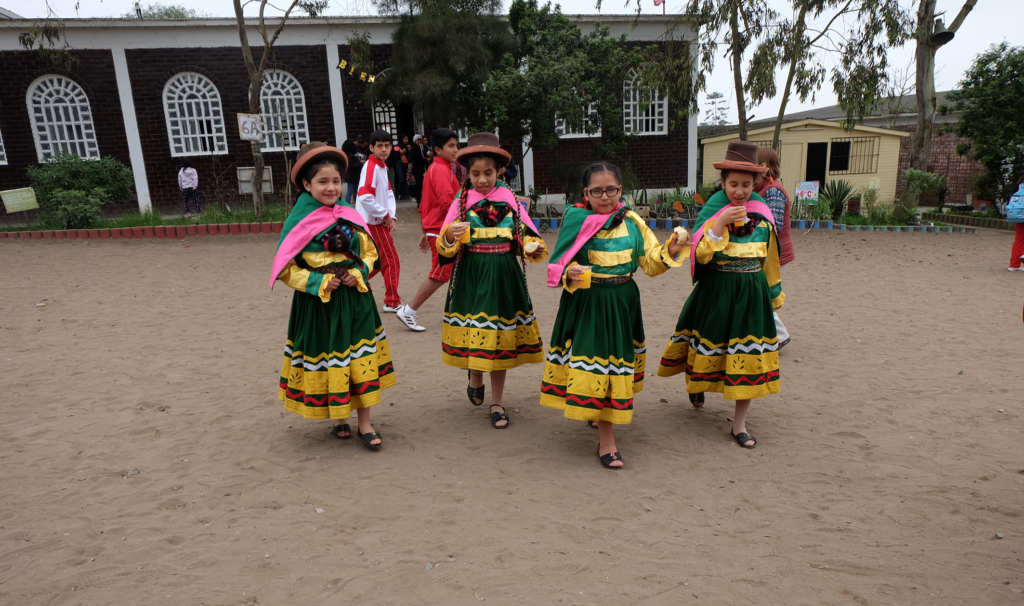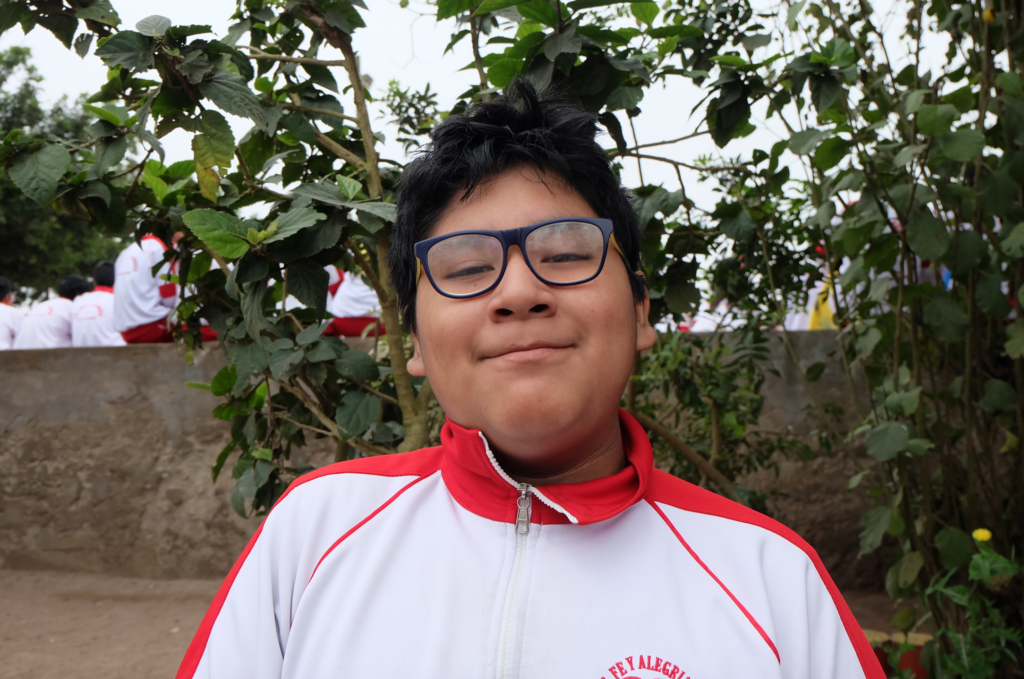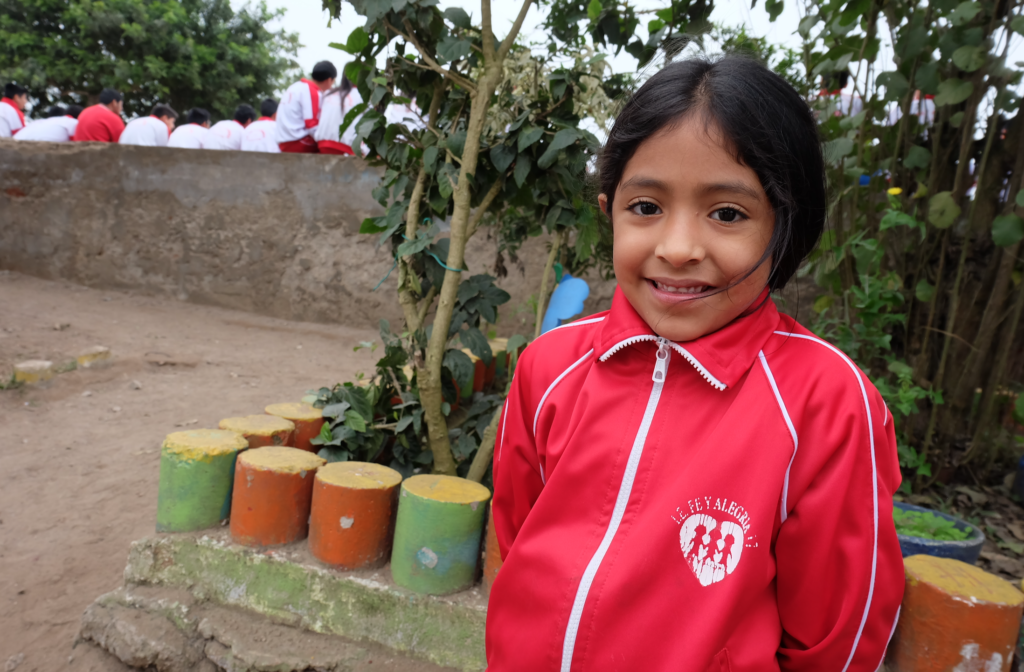Our Affiliated Project: The Villa School in Lima, Peru
Located along South America’s central-western coast, Peru comprises arid Pacific coastlands, spectacular mountain ranges and vast Amazon rainforest. This land has been home to indigenous peoples for thousands of years, including the Inca Empire, the culture that constructed Peru’s most iconic landmark, Machu Picchu.
Peru’s rich culture, breathtaking beauty and wealth of natural resources, however, belie the abject poverty in which many of its residents live. Many rural areas are still recovering from the Sendero Luminoso terrorist attacks of the 1990s, which claimed countless lives and caused thousands of families who had relied upon agriculture for generations to seek shelter in large cities where they encountered even deeper poverty.
While Peru as a whole suffers from high unemployment, hyperinflation and all the difficulties that poverty entails, problems like disease, malnutrition and crime are most pronounced in its overcrowded urban areas. These maladies are perhaps the worst in the nation’s capital, Lima. Located in the Villa El Salvador slum district of Lima, the Villa School is a “Fé y Alegría” school — religious schools established specifically to serve impoverished neighborhoods. Through the provision of such basic needs as medical care, clothing and nutritious food — along with a well-rounded education — students here receive the opportunity to break the cycle of poverty and rise above difficult socioeconomic circumstances.


